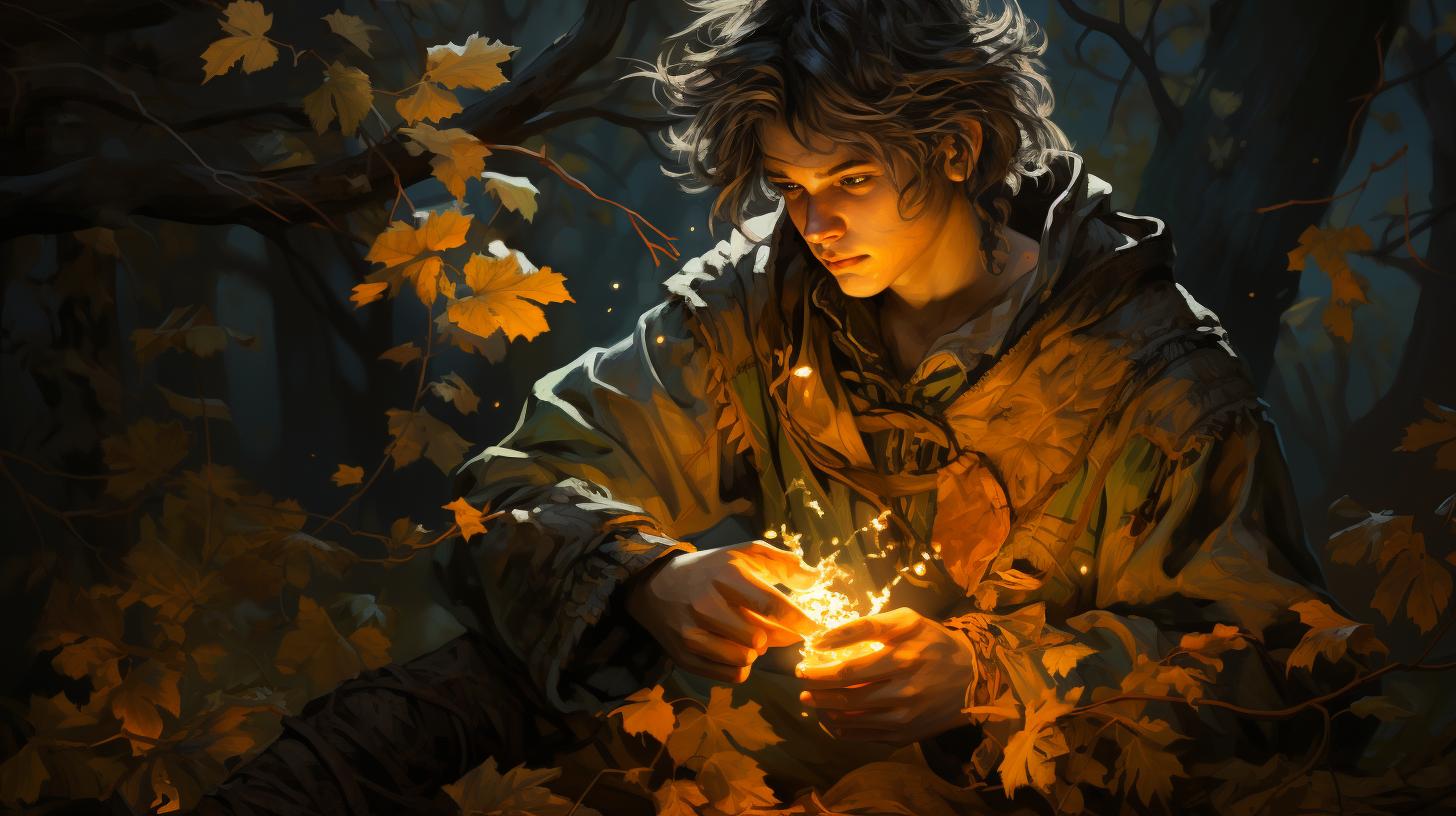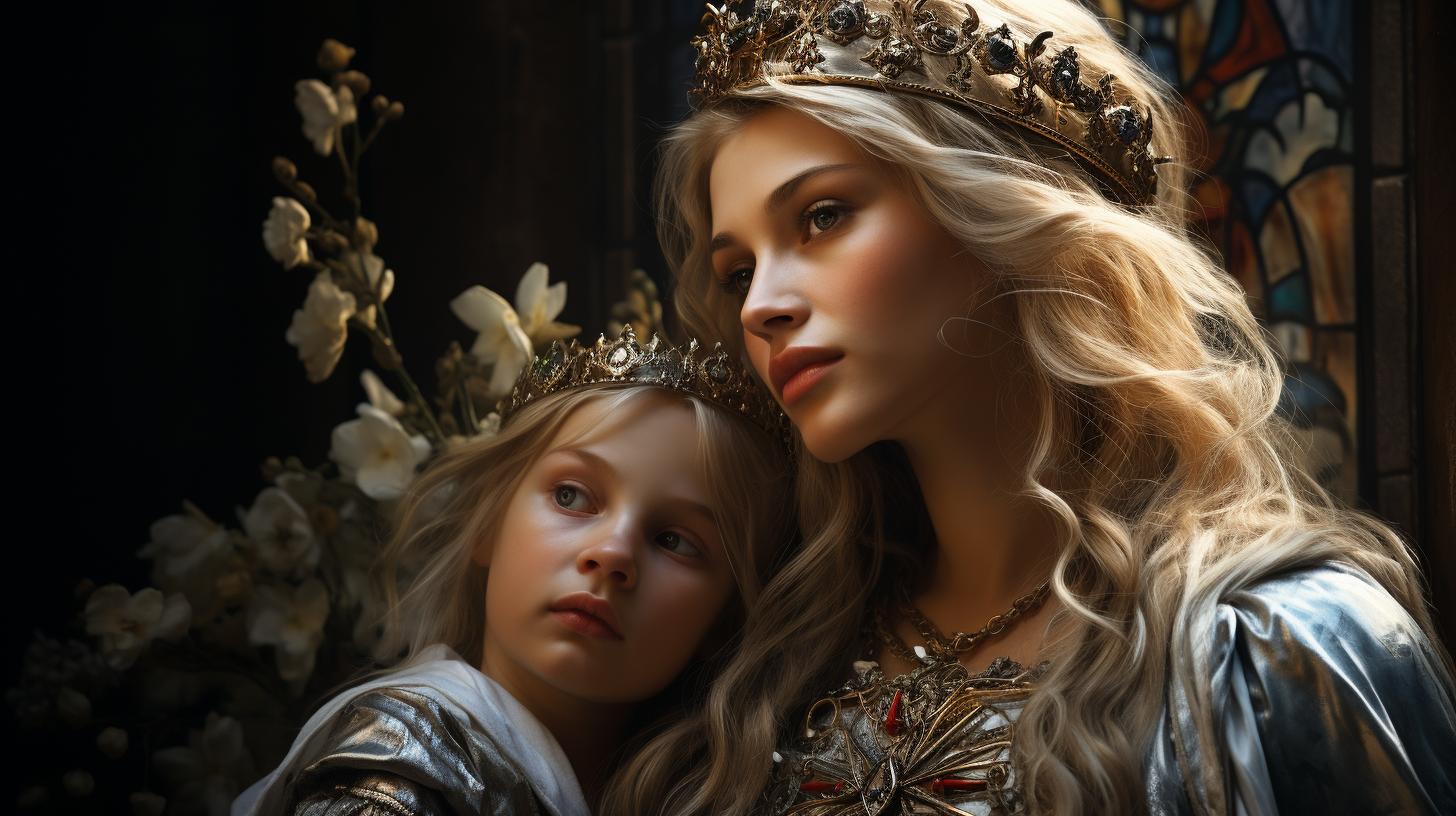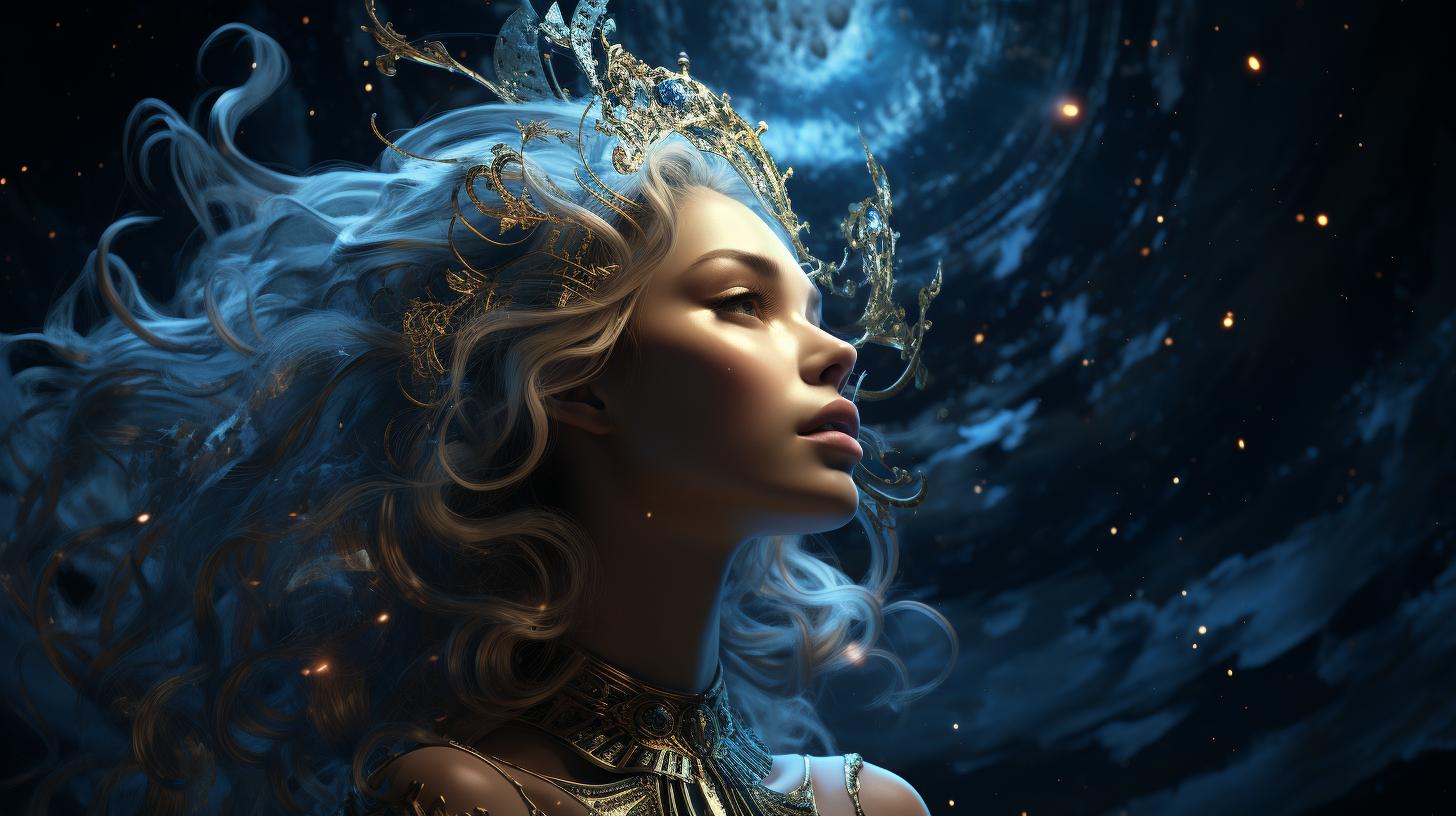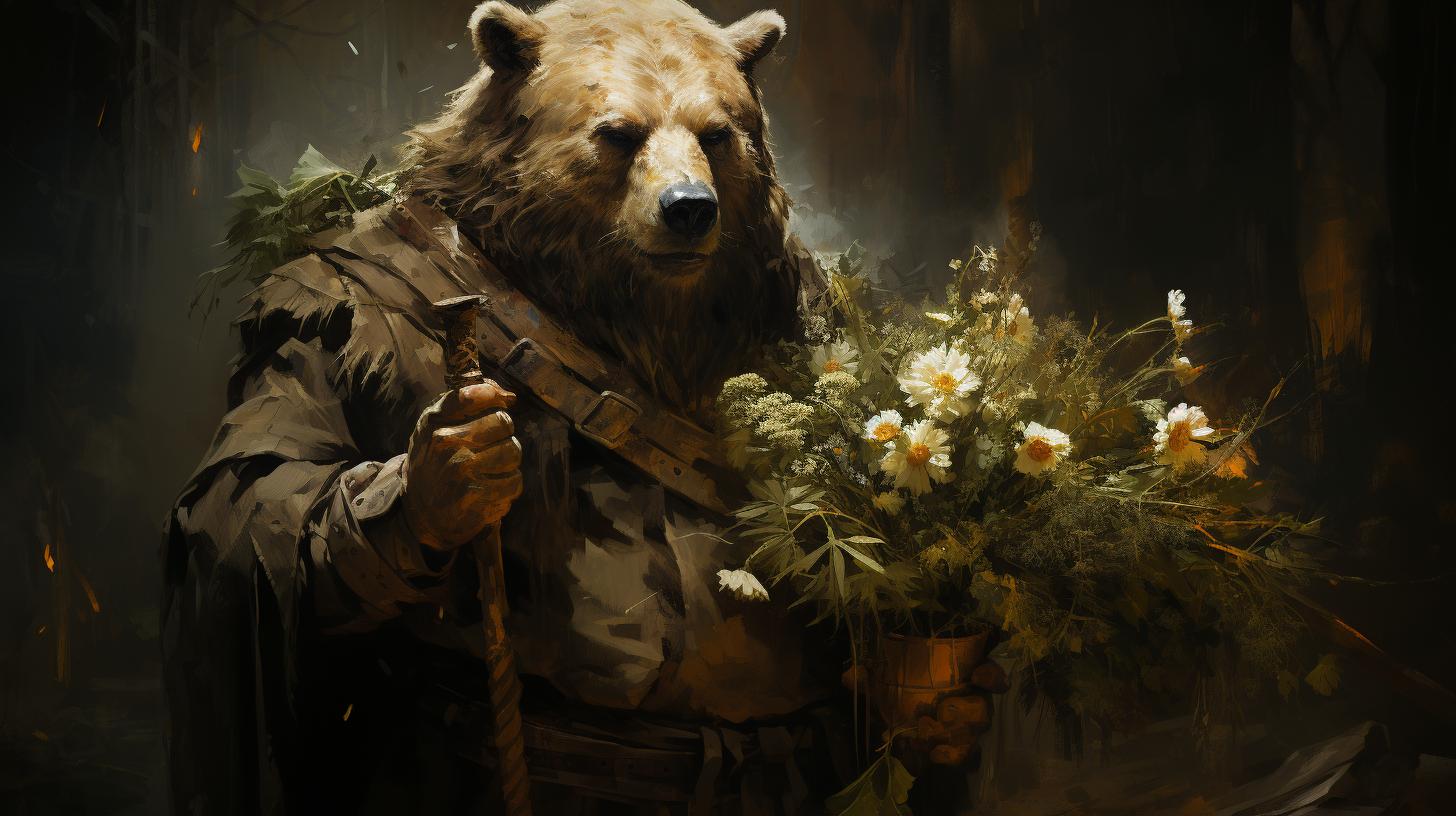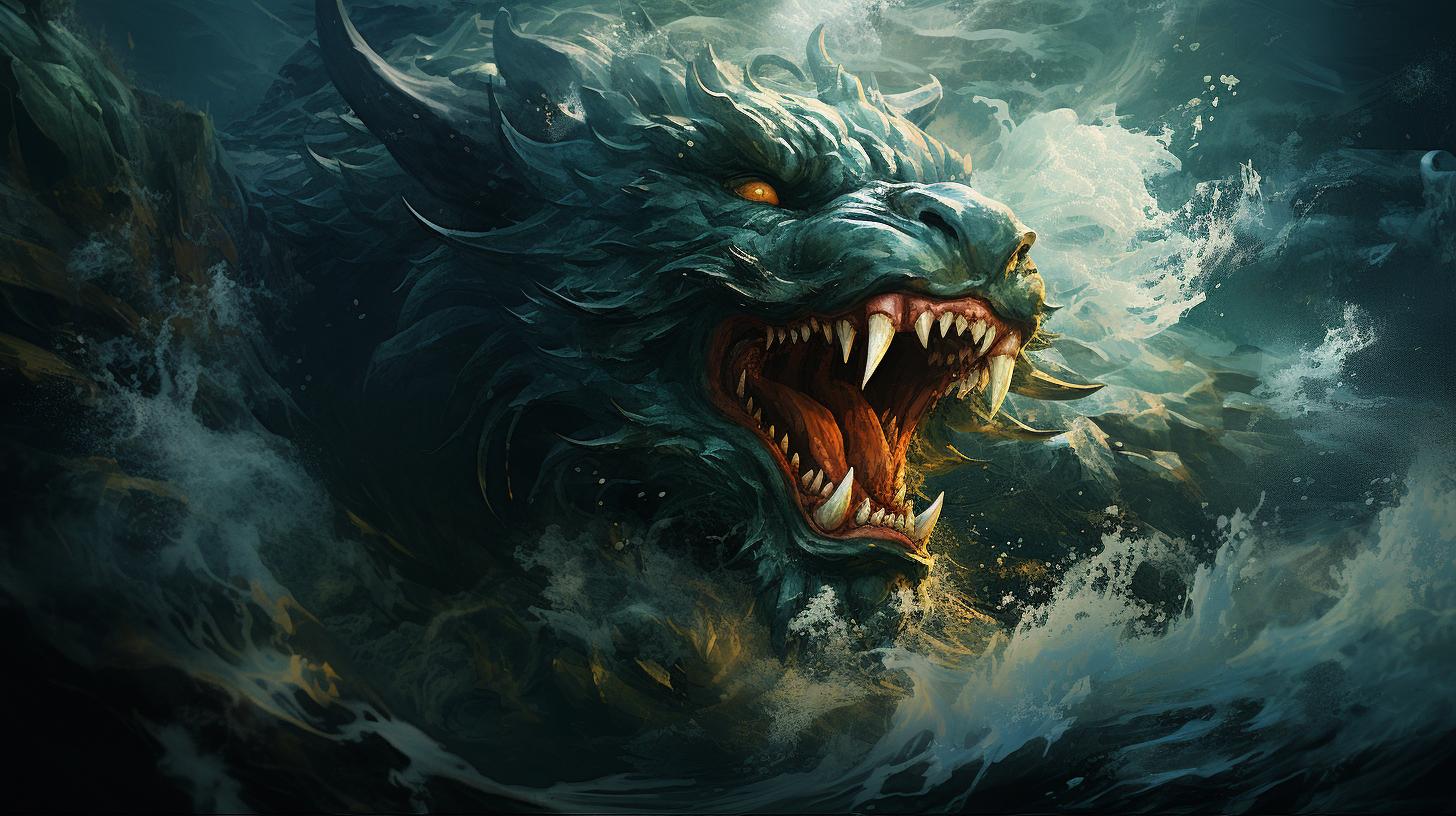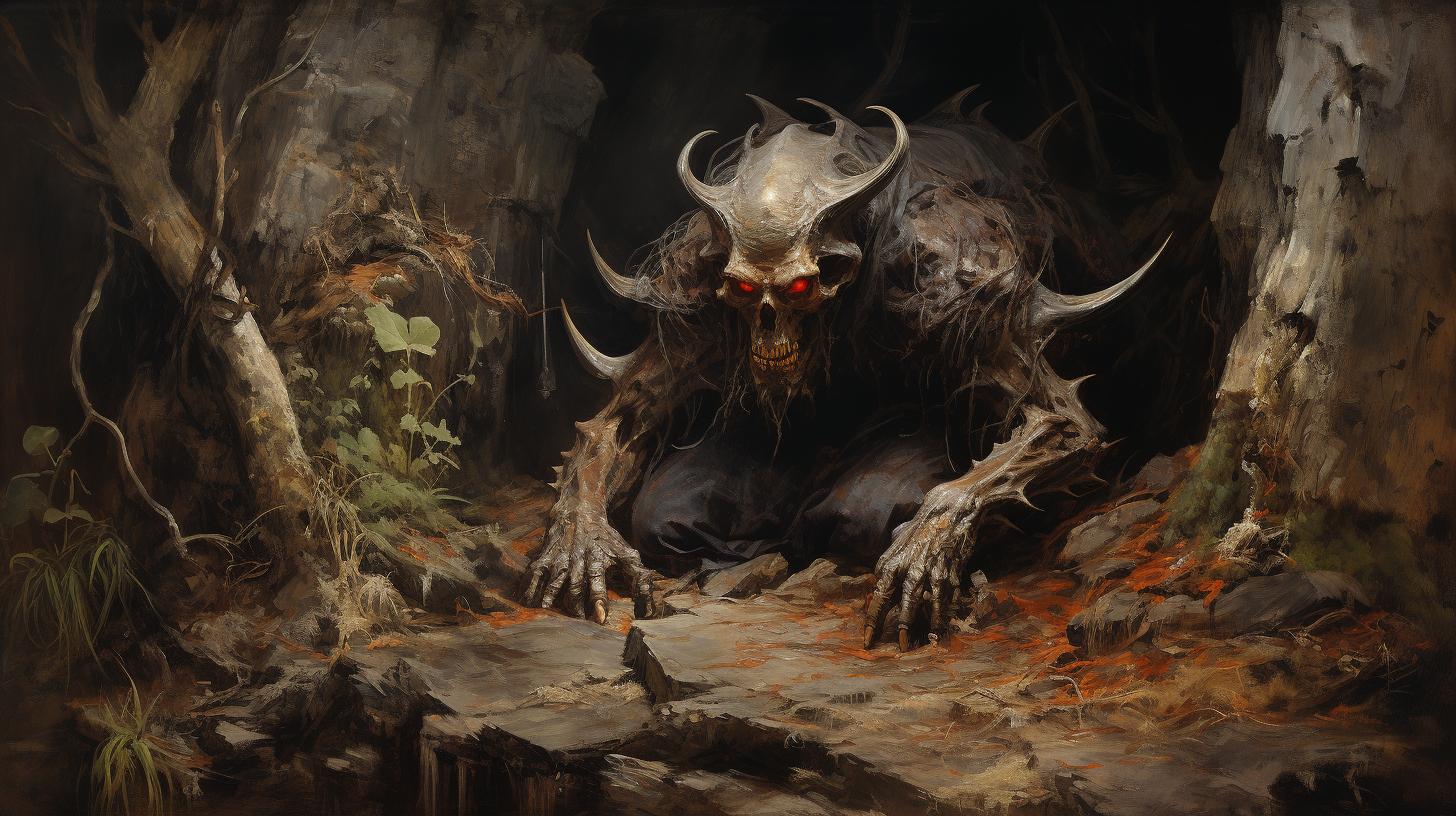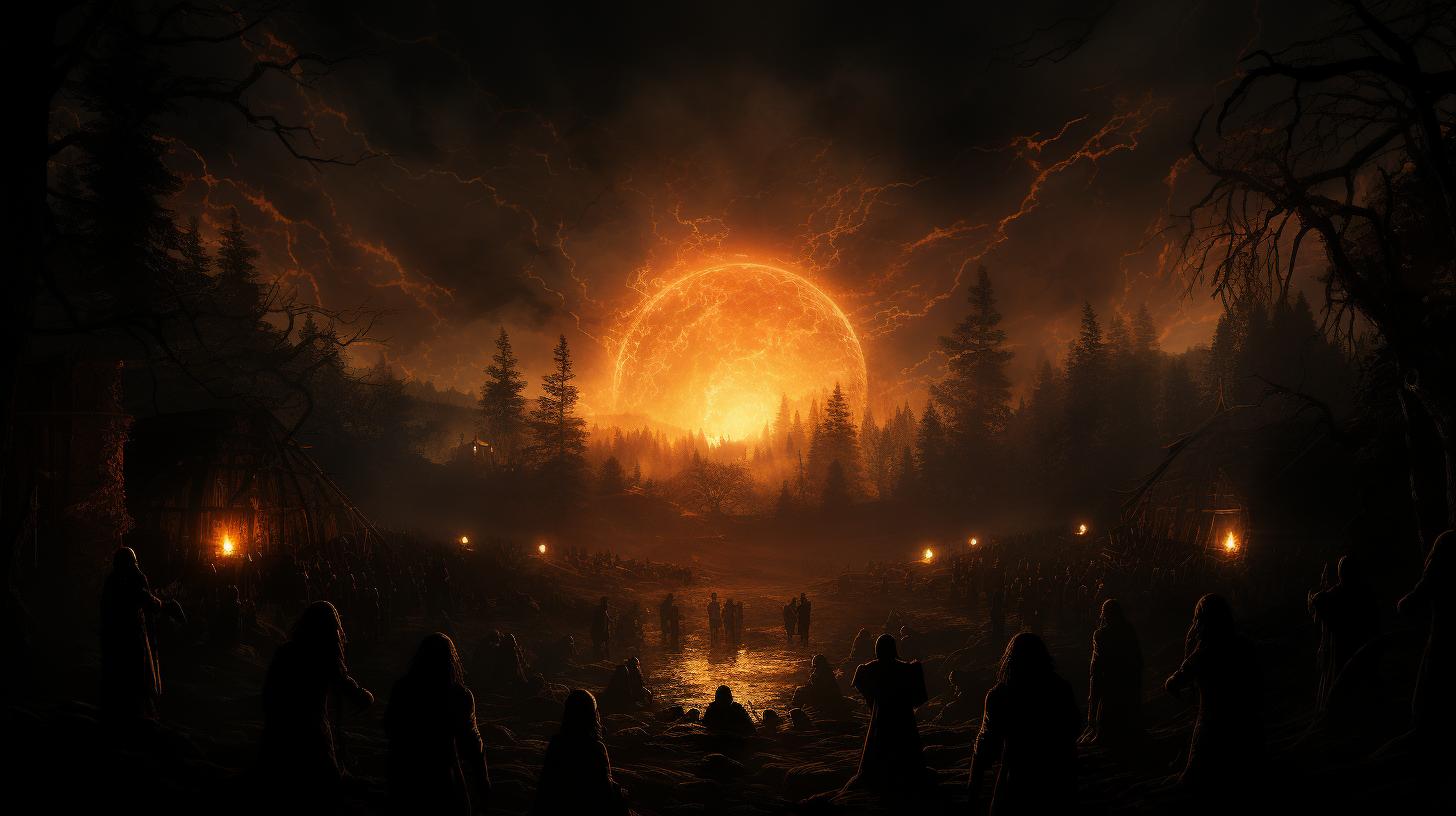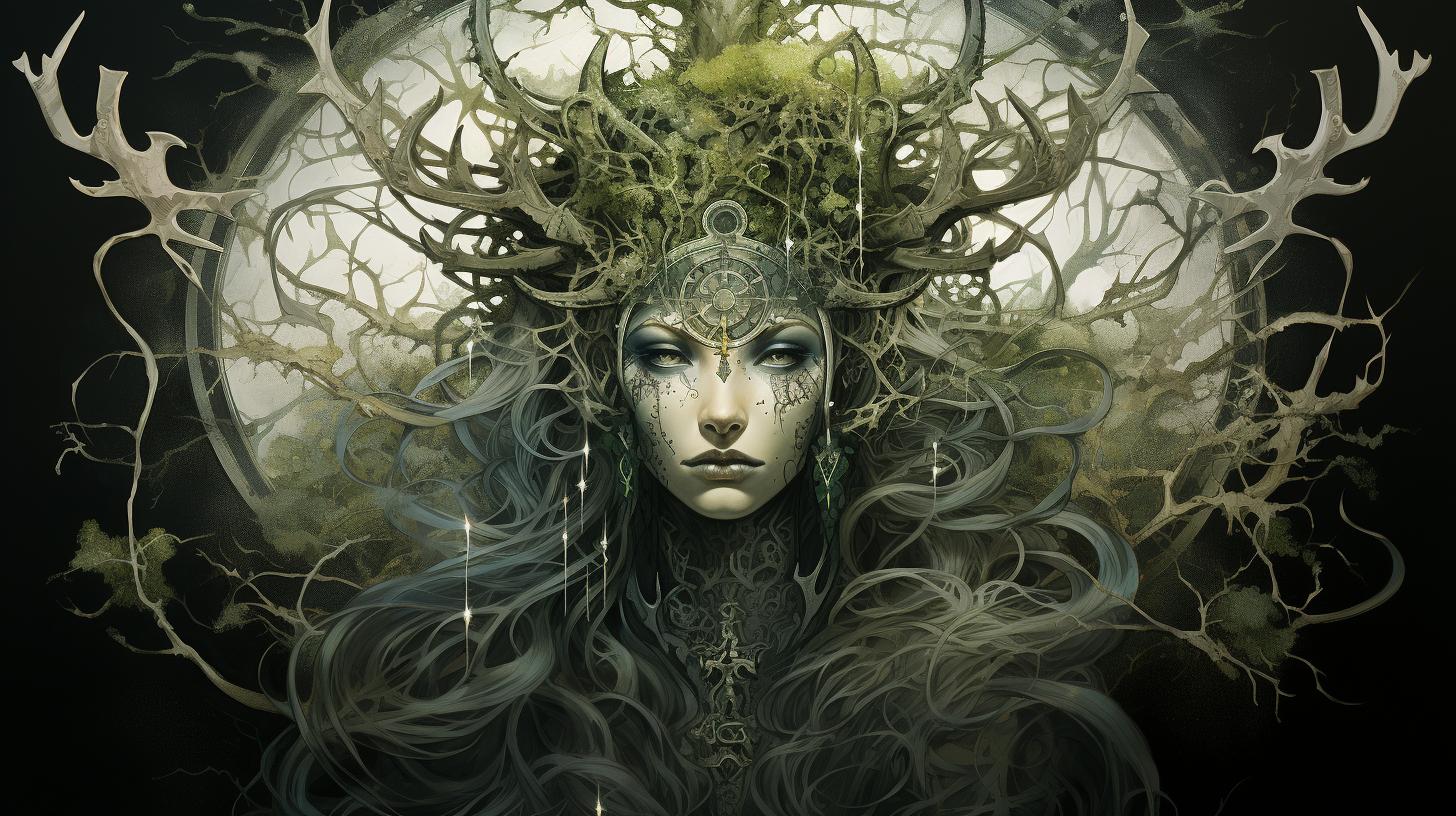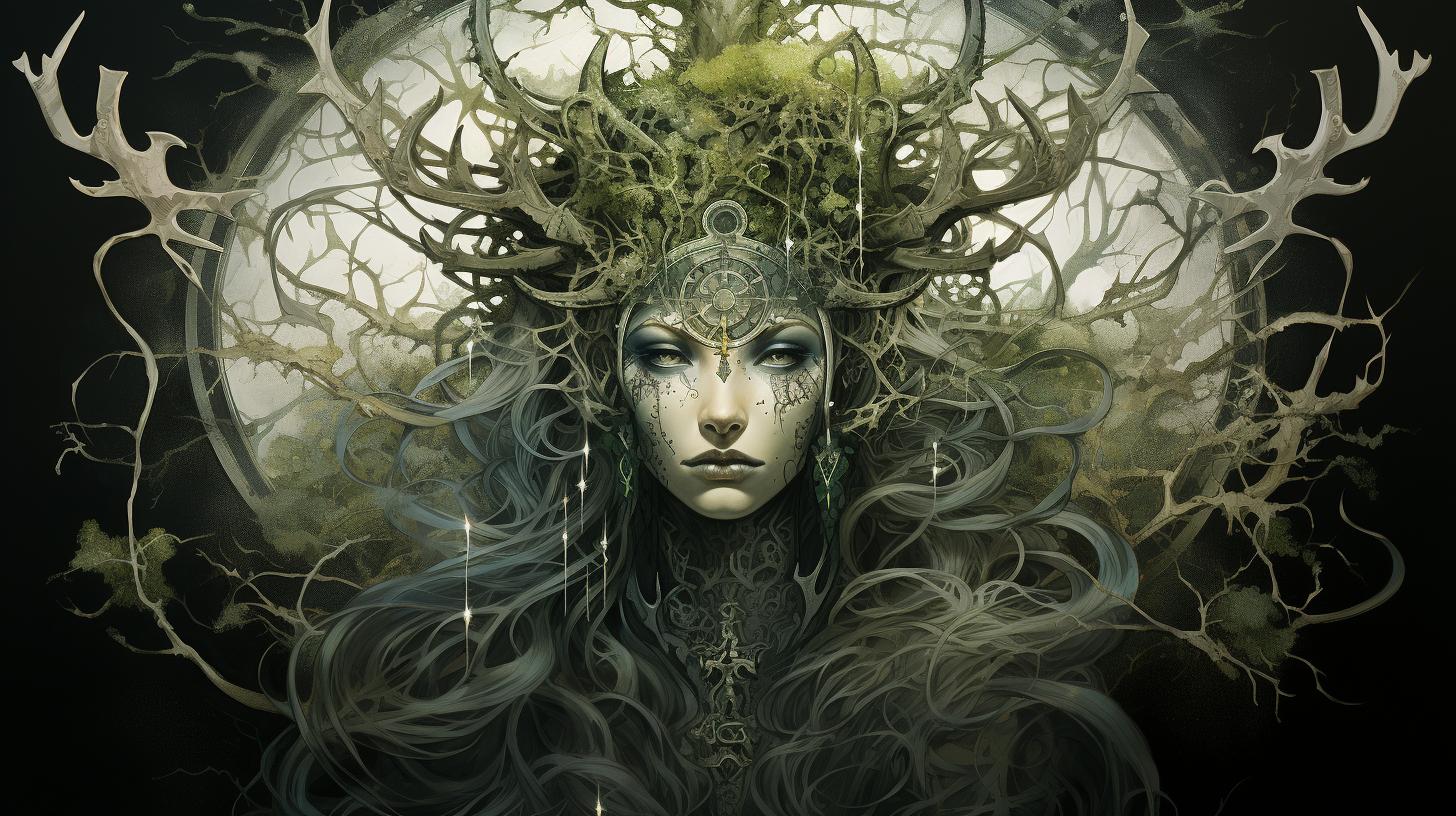Joukahainen Mythology: Exploring the Finnish Epic Legend

Joukahainen mythology explores the epic rivalry between Joukahainen and Väinämöinen in Finnish tradition. Their conflict origins lead to a fateful challenge where Väinämöinen emerges victorious, resulting in tragic consequences.
Aino’s refusal to marry Väinämöinen leads to her drowning, sparking Joukahainen’s wrath as he seeks revenge by attacking Väinämöinen. These events hold significant symbolism in Finnish culture and have shaped perceptions and stereotypes.
Today, Joukahainen mythology continues to be represented in Finnish literature, art, and studied in modern folklore research, connecting to other mythological figures and tales.
The Rivalry: Joukahainen and Väinämöinen
Origins of the Conflict
The rivalry between Joukahainen and Väinämöinen in Finnish mythology stems from their shared lineage and differing abilities. According to ancient accounts, both figures are believed to be children of a maiden named Iro.
They initially embark on a journey together, but ultimately become separated and engaged in mutual attacks.
Joukahainen’s Envy and Challenge
Joukahainen, described as a bold and skilled sorcerer, becomes envious of Väinämöinen’s mastery of spells and incantations. Fuelled by jealousy, he decides to challenge Väinämöinen to a duel to prove his own worth.
However, Väinämöinen suggests an alternative competition, where they engage in spell-singing against each other.
Väinämöinen’s Victory and Consequences
In the iconic epic poem Kalevala, Väinämöinen emerges victorious by singing Joukahainen into a swamp, marking a significant turning point in their rivalry. Subsequently, desperate to escape, Joukahainen offers Väinämöinen his possessions and lands as recompense.
Only when Joukahainen promises Väinämöinen the hand of his sister, Aino, in marriage, is he able to emerge from the swamp. However, this arrangement leads to tragic consequences, as Aino opts to drown herself rather than marry Väinämöinen.
The rivalry between Joukahainen and Väinämöinen showcases the tensions and conflicts prevalent in Finnish folklore and is indicative of the broader cultural perceptions surrounding these mythical figures. The consequences of their conflict extend beyond their personal lives, impacting the relationships between different characters and symbolizing deeper societal tensions.
Tragic Events: Aino’s Fate and Joukahainen’s Revenge
Tragic events unfold in the riveting story of Joukahainen mythology, showcasing the fateful fate of Aino and the subsequent revenge sought by Joukahainen against Väinämöinen. This section delves into the heart-wrenching moments that shape the narrative, exploring Aino’s refusal and drowning, as well as Joukahainen’s wrath leading to an attack on Väinämöinen, ultimately resulting in a profound impact on their relationship and further developments.
Aino’s Refusal and Drowning
Aino’s refusal to marry Väinämöinen takes a tragic turn, as she meets a tragic fate in the depths of the sea. The story unfolds with Aino’s deep reluctance to marry the renowned singer and sorcerer.
Her heartbreaking decision leads her to an unfortunate end, where she drowns in the vast expanse of the sea, choosing the icy depths over a forced union.
Joukahainen’s Wrath and Attack on Väinämöinen
The grief-stricken Joukahainen, fueled by his sister’s untimely demise, seeks revenge on Väinämöinen.
Filled with anger and despair, Joukahainen takes matters into his own hands and unleashes his wrath upon Väinämöinen’s journey across the sea. Armed with his ballesta, Joukahainen takes aim at his nemesis, intending to put an end to Väinämöinen once and for all, sinking him into the depths of the water.
Impact on the Relationship and Further Developments
The tragic events between Joukahainen and Väinämöinen reverberate throughout their relationship and pave the way for future developments. The attack marks a turning point in their rivalry, leaving a permanent scar on their interactions and shaping the trajectory of their individual fates.
The consequences of their actions extend beyond their personal connection, influencing the broader narrative and conveying deeper themes of revenge, sorrow, and the enduring impact of tragic events.
Joukahainen and Väinämöinen in Finnish Tradition
Historical Accounts and Folklore References
Joukahainen and Väinämöinen’s rivalry holds a significant place in Finnish tradition, appearing in historical accounts and folklore references.
These narratives have been passed down through generations, reflecting the cultural heritage of Finland. Numerous folk tales, songs, and poems depict their conflict, highlighting its enduring impact on Finnish folklore and storytelling.
Interpretations of the Rivalry’s Symbolism
The rivalry between Joukahainen and Väinämöinen has been interpreted in various ways, delving into its symbolic meanings. Scholars have suggested that it represents the eternal struggle between youth and wisdom, ambition and experience.
The clash between the young, audacious Joukahainen and the wise, knowledgeable Väinämöinen embodies profound themes of growth, power dynamics, and the quest for supremacy.
Influence on Finnish Cultural Perceptions and Stereotypes
The rivalry between Joukahainen and Väinämöinen has influenced Finnish cultural perceptions and stereotypes.
It has contributed to the portrayal of Joukahainen as representing alleged negative traits associated with the Lappish people and witches. The legend continues to shape how Finnish culture perceives and portrays certain characters and archetypes, influencing collective beliefs and attitudes.
Overall, the historic significance, symbolic interpretations, and cultural impact of the rivalry between Joukahainen and Väinämöinen have secured their place in Finnish tradition and continue to inspire ongoing research and artistic exploration.
Joukahainen Mythology in Contemporary Context
The mythological tale of Joukahainen continues to have a significant presence in Finnish literature and art, as well as in modern folklore studies. Its influence can be seen in various artistic representations and academic explorations, connecting with other mythological figures and tales.
Representation in Finnish Literature and Art
Joukahainen’s story has inspired numerous works of literature and art in Finland. Through poetry, novels, and visual arts, artists have captured the essence of the rivalry between Joukahainen and Väinämöinen, bringing forth their conflict and its consequences.
These artistic expressions offer different interpretations and perspectives on the myth, creating a rich tapestry of cultural representations.
Joukahainen’s Role in Modern Folklore Studies
Modern folklore studies have delved into the significance of Joukahainen’s mythology within the broader context of Finnish folklore. Scholars have examined the narrative, its symbolism, and its cultural implications. By analyzing the role of Joukahainen and his conflicts, researchers gain insights into Finnish cultural perceptions, the nature of rivalries, and the enduring power of folklore in shaping societal values.
Connections to Other Mythological Figures and Tales
Joukahainen’s mythology intertwines with other mythological figures and tales, creating an interconnected web of Finnish folklore. The exploration of the relationship between Joukahainen, Väinämöinen, and Ilmarinen sheds light on the dynamics between these characters and their collective significance.
This interplay showcases the recurring themes of rivalry, revenge, and the consequences of actions within Finnish mythology.
- Representation in Finnish Literature and Art
- Joukahainen’s Role in Modern Folklore Studies
- Connections to Other Mythological Figures and Tales
.

